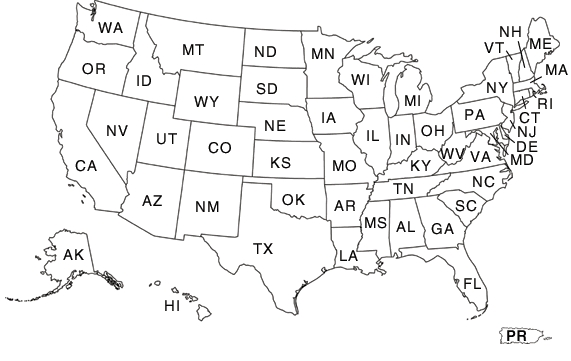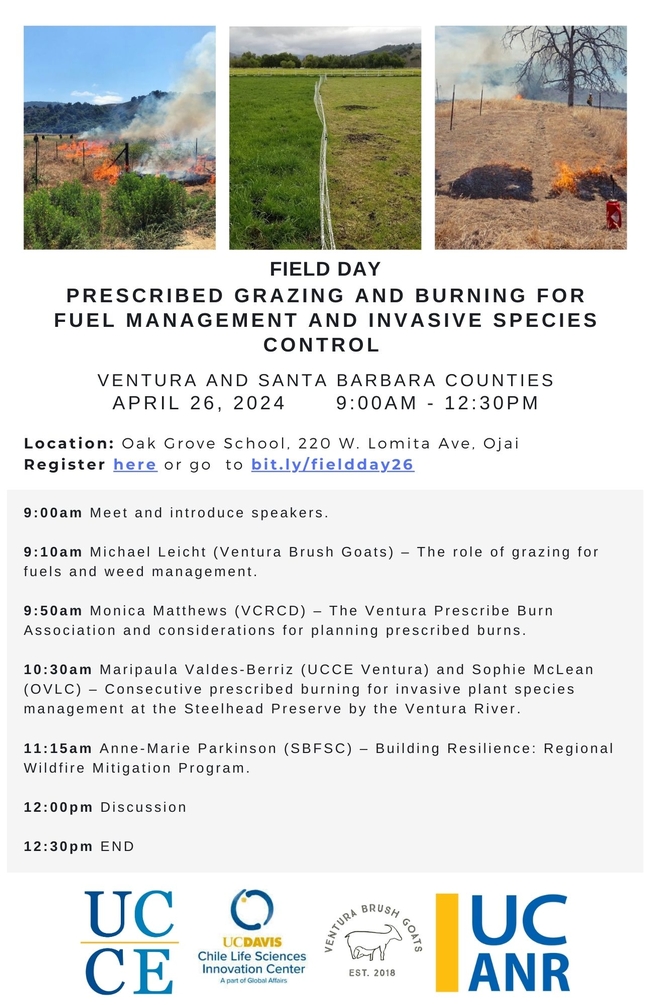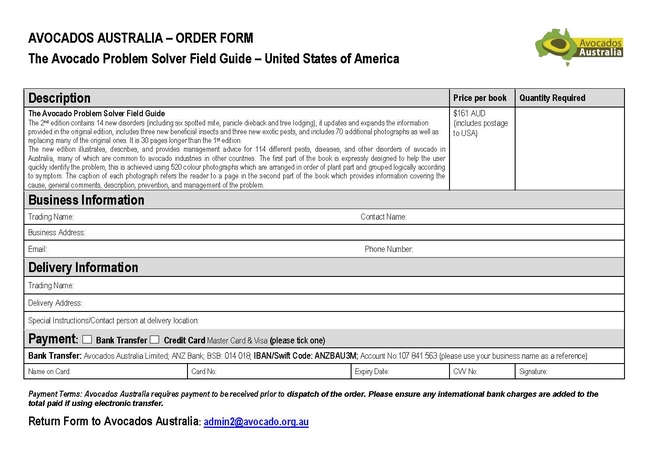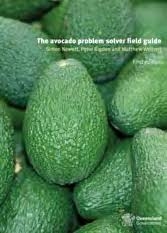- (Public Value) UCANR: Promoting economic prosperity in California
- Author: Ben Faber
State and County Profiles are now available. USDA's National Agricultural Statistics Service (NASS) released the profiles Mar. 27, 2024. These 2-page summaries include farms and farmland, value of sales, producer demographics, top crops, internet access and more from every state and county in the nation.
NASS released the much-anticipated ag census at nass.usda.gov/AgCensus and in Quick Stats on Feb. 13, 2024. Ag census data spans millions of data points about America's farms and ranches and the people who operate them. The once-every-five-years Census of Agriculture remains the only source of uniform, comprehensive, and impartial agriculture data down to the county level. Follow @usda_nass for the latest data highlights and news updates.
Census of Agriculture
2022 State and County Profiles
- Author: Ben Faber
|
The California Department of Food and Agriculture (CDFA) has allocated $5 million of the Healthy Soils Block Grant Program to the California Citrus Quality Council (CCQC) in collaboration with California Farm Bureau (CAFB) and Xerces Society. The California Farm Bureau through its 501(c)(3) science and research nonprofit, the California Bountiful Foundation, will oversee all administrative functions, and financial functions, of this project including reporting and on-farm project verifications. The Xerces Society will provide technical expertise in pollinating plants for hedgerows and other similar management practices.
This grant program supports citrus growers in adopting conservation management practices that improve soil health and sequester carbon. Citrus growers will receive on demand assistance at no cost through the implementation and verification process of their on-farm projects. The program will fund 20-45 on-farm projects over three years, focusing on practices like planting pollinator hedgerows, cover crops, compost application, mulching, whole orchard recycling, and windbreak establishment. Funding for each on-farm project may receive up to $200,000, depending on the project's size and the number of practices implemented.
Enroll Now for the Healthy Soils Block Grant Program
Begin your application by clicking the "Enroll Now" button to submit your online application form.
We can only process applications in English. For Spanish-speaking growers needing assistance with filling out the application in English, please contact Ana Resendiz at aresendiz@ucanr.edu or call (442) 265-7709. View the application in Spanish: here
Got questions? Contact Margaret Honig, Administrative Lead, at (916) 561-5504 or email at mhonig@cfbf.com
Why Citrus Growers?
The citrus sector in California contributes approximately $2 billion annually to the economy and plays a crucial role in job creation and supports agriculture and environmental sustainability efforts. This grant program will help citrus growers in reducing costs associated with conservation management practices, offering insights into effective pest and disease management while protecting pollinators. Citrus growers involved in this program will make meaningful contributions towards pollinator protection, environmental stewardship, climate change resilience, and meet sustainable demands by consumers for citrus production.
|
|
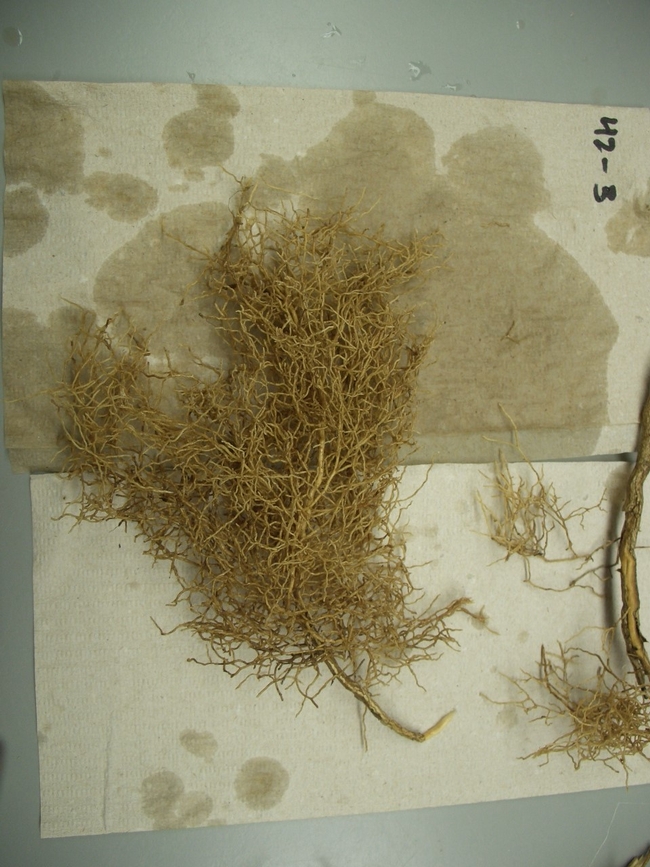
Students, faculty and colleagues are encouraged to take advantage of these opportunities.
Pamela Kan-Rice, Assistant director, news and information outreach, UCANR
Three scholarships are being offered for students studying agriculture.UCANR
Applications and nominations of outstanding students pursuing careers in agriculture will be accepted through May 13, 2024, for UC Agriculture and Natural Resources scholarships and awards.
Students, faculty and colleagues are encouraged to take advantage of these opportunities to honor academic excellence and provide additional support for undergraduate and graduate students.
Bill and Jane Fischer Vegetation Management Scholarship is for students enrolled at ANY accredited California university, with preference given to graduate students. The recipient of the $1,000 (multiple awards possible) will be selected from students who are enrolled in fall 2024 pursuing degrees in vegetation management, weed science or agriculture specializations plant science, soils and plant nutrition, agricultural engineering, agricultural botany, plant pathology, plant protection and pest management, or agricultural economics. Students apply directly.
Howard Walton Clark Prize in Plant Breeding and Soil Building is for students enrolled at UC Berkeley, UC Davis or UC Riverside. The $5,000 (multiple awards possible) will be awarded to a promising student who will be enrolled as a senior in fall 2024 in the College of Agriculture and/or Natural Resources with demonstrated scholastic achievement and talent for independent research with reference to either plant breeding (leading to new/improved crops and new/improved varieties using appropriate tools) or soil building (leading to improving soil quality related to soil productivity and sustainability as a resource). Nomination by faculty member required.
Knowles A. Ryerson Award in Agriculture is for students enrolled at UC Berkeley and UC Davis. $2,500 (minimum one award for each campus) given to an international undergraduate student who will be enrolled in fall 2024 in the College of Agriculture and/or Natural Resources, in any curriculum, preferably after completion of the junior year. The award is based on high scholarship, outstanding character and promise of leadership. Nomination by faculty member required.
More information about the application process can be found on at https://ucanr.edu/anrscholarships.
For questions, contact Andrea Ambrose, UC ANR director of advancement, at apambrose@ucanr.edu.
Source: University of California Division of Agriculture and Natural Resources
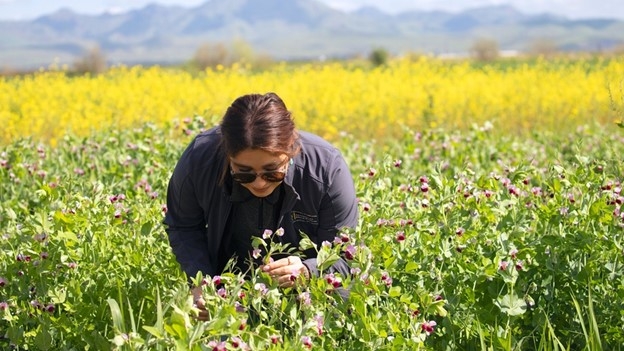
- Author: Ben Faber
- Author: Ben Faber
The 2nd edition of the Avocado Problem Solver Field Guide is OUT NOW! It contains 14 new disorders (including six spotted mite, panicle dieback and tree lodging), it updates and expands the information provided in the original edition, includes three new beneficial insects and three new exotic pests, and includes 70 additional photographs as well as replacing many of the original ones. It is 30 pages longer than the 1st edition.
The new edition illustrates, describes, and provides management advice for 114 different pests, diseases, and other disorders of avocado in Australia, many of which are common to avocado industries in other countries. The first part of the book is expressly designed to help the user quickly identify the problem, this is achieved using 520 colour photographs which are arranged in order of plant part and grouped logically according to symptom. The caption of each photograph refers the reader to a page in the second part of the book which provides information covering the cause, general comments, description, prevention, and management of the problem.
All the pests are not found in California - yet- nor are all the diseases, but this is a beautifully illustrated and documented guide that can help CA avocado growers.


